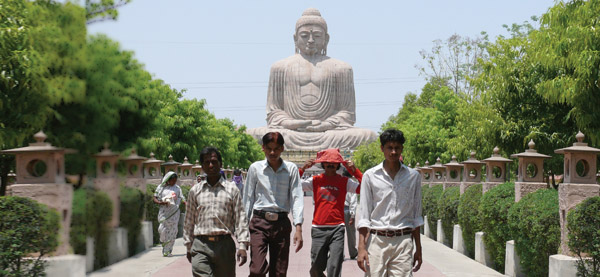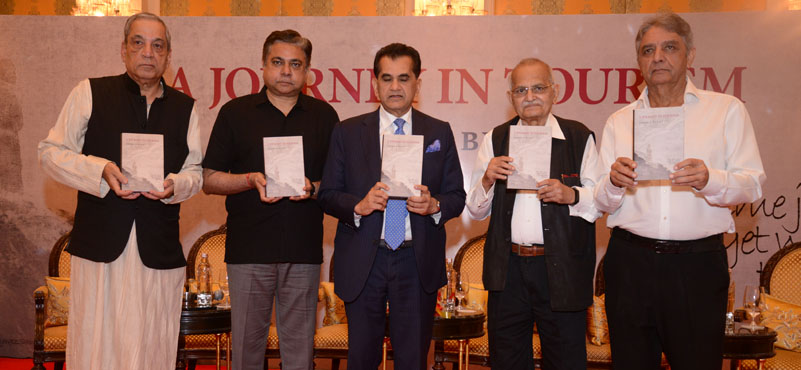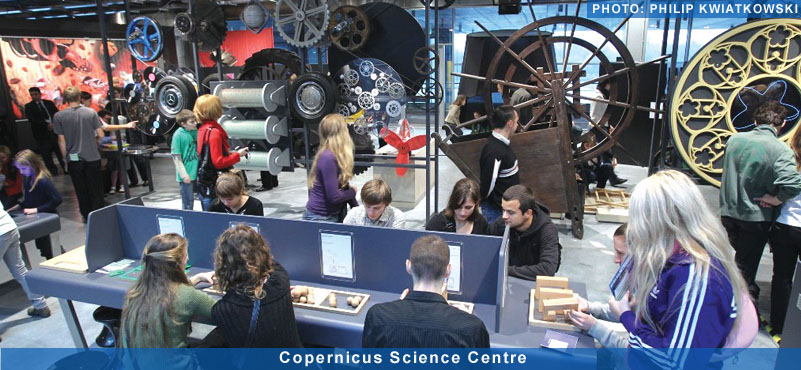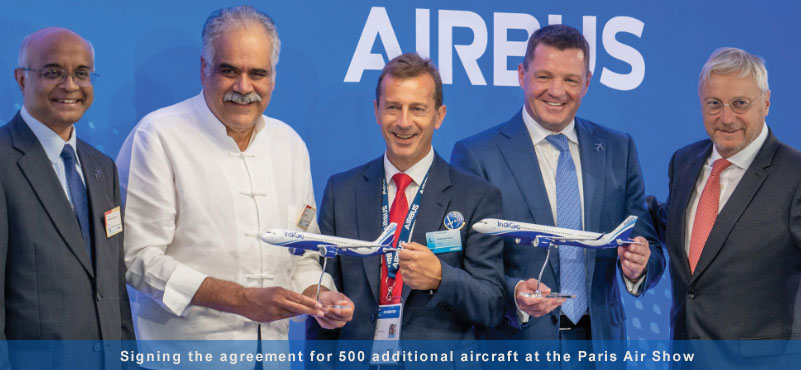International Chamber for Service Industry organised ‘Living Buddhist Leadership’ deliberations recently in the capital. The event was attended by imminent Buddhist scholars, union government representatives and students of Buddhist philosophy with an aim to understand the possibility emanating from Buddhist tourism.
Speakers noted that India was a rich repository of ancient Buddhist sites and relics, and had the potential to attract over 500 million international Buddhist practitioners for spiritual and religious tourism. However, despite the tremendous opportunity, and India being home to seven out of eight most important religious sites of Buddhism, Buddhist tourists only accounted for a measly five percent of total inbound in to India, and the country needed to do more to tap larger numbers, noted Sangeeta Singh, Additional Economic Advisor, Ministry of Commerce and Industry, GOI. She said that India had not utilized the opportunity and “the country could do wonders” if there was synergy in efforts.
She suggested that the quality of available infrastructure, including visitor facilities, was a concern and steps were being taken by the government to address the same. She also noted that central ministries could “only do that much”, given that tourism was under the purview of state governments, limiting their involvement.
Junsei Terasawa, a world-renowned Japanese Buddhist monk, asked stakeholders to create more awareness about Buddhism on the grassroots. Locals were unaware of their own heritage and their ignorance did not bode well for attracting bigger numbers, he reasoned.
He urged the government to look beyond “five-star hotels and affluent group tours” coming from Southeast Asian countries, suggesting that a clean, peaceful and an affordable environment was critical to driving mass movement of Buddhist pilgrims. He also warned against “over commercialization” of religious sites and advocated for mutual cooperation to create awareness about Buddhism and its footprints in India.
The tourism ministry, in the recent years, had expanded their gamut of engagement, undertaking several projects to create muscle up infrastructure, argued Satyajeet Rajan, DG, Ministry of Tourism, GOI. He asserted that MoT was no longer just involved in marketing and outreach and had increased the outlay on infra projects by several folds. “A number of projects have been initiated under Swadesh Darshan scheme to develop facilities around tourist sites throughout the country,” he shared.
In a bid to make Buddhist tourism more accessible to masses, and not to only high-end tourists, the government was encouraging homestays, he shared. “Several states have done well to improve the homestay experience. Northeast, Gujarat and several others have done well,” Satyajeet Rajan said. He, however, concurred that much was needed to be done and steps were being taken by state governments. He made a special mention of Varanasi and commended the homestay infrastructure. “I was told that many foreigners were living in those facilities,” he said, sharing his experience of staying in a homestay in the holy city.
Speakers also spoke on bolstering air connectivity through more charter flights and expressed satisfaction on connectivity gains from an operational airport in Bodh Gaya.
Several initiatives to improve awareness on Buddhism and its offerings were being taken by ICSI, Gulshan Sharma, Director General, ICSI said. He said that a six-month academic program was being mooted to bring together Buddhist students from several countries “for a better world view”.
The event was inaugurated with Buddhist chants and Gulshan Sharma honoured several senior attendees for their efforts in spreading awareness on Buddhist offerings in the country.




































